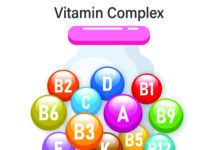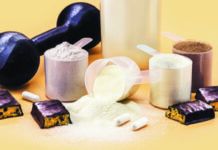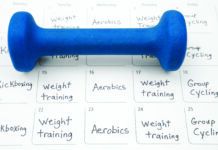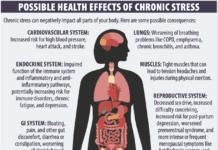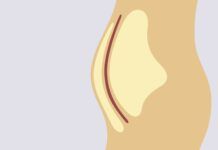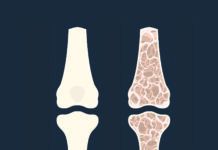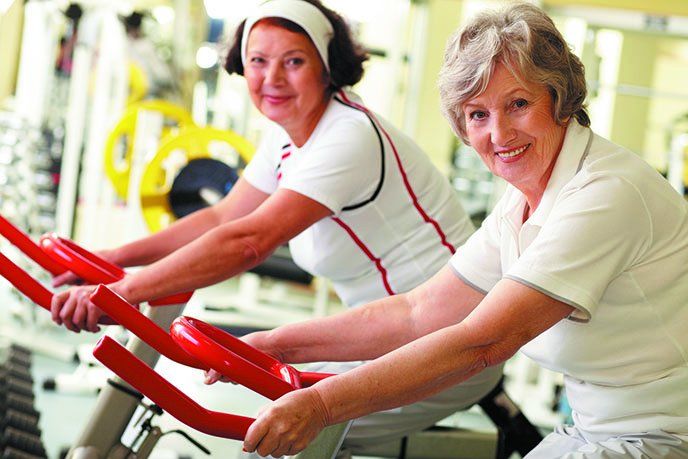Nobody questions the health benefits of even just a little exercise, but you may wonder about what might be called the “Goldilocks” question: How much physical activity is “just right”? And is it possible to get too much or to overdo the intensity? Two large new studies, both published in JAMA Internal Medicine, attempt to answer such questions and identify the “sweet spot” of the ideal amount of exercise.
Miriam E. Nelson, PhD, associate dean of the Tisch College and a professor in Tufts’ Friedman School, author of the “Strong Women” series of books, served as vice-chair of the committee for the US government’s first-ever Physical Activity Guidelines for Americans in 2008. Those guidelines call for at least:
– 150 minutes per week of moderate activity OR
– 75 minutes per week of vigorous activity OR
– Some equivalent combination.
Says Nelson, “This amount is the base level to promote health; greater improvements in health will come with more activity.”
MORE IS MOSTLY BETTER: The first new study compared adherence to these guidelines with data combined from six National Cancer Institute studies totaling 661,137 men and women, average age 62 years, who were followed for an average of 14.2 years. During that time, 116,686 participants died.
As expected, engaging in any leisure-time physical activity was better than being sedentary; in fact, the biggest relative benefits were associated with just getting moving. Those who reported some activity—but less than recommended levels—saw a 20% lower mortality risk than those with zero activity. Meeting the minimum guidelines, up to twice as much exercise (the equivalent of 300 minutes weekly of moderate activity), was associated with 31% less mortality.
Risk continued to drop with ever-increasing activity levels: 37% lower at two to three times the minimum guidelines and 39% lower at three to five times. But at that point—the equivalent of 450 to 750 minutes of moderate weekly activity—the association plateaued. There was no additional mortality benefit for even more exercise, but neither were there any negative associations.
Similar relationships were observed for mortality due to cardiovascular disease and to cancer.
Researchers concluded, “Health care professionals should encourage inactive adults to perform leisure time physical activity and do not need to discourage adults who already participate in high activity levels.”
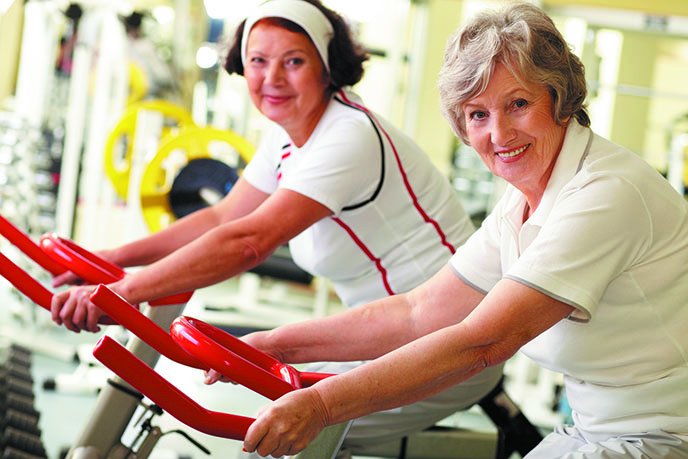
GETTING VIGOROUS: The accompanying study countered suggestions from other recent research that overdoing exercise, with frequent, strenuous workouts, might actually contribute to mortality risk. Australian scientists examined data on 204,542 adults, ages 45 through 76, who were followed for an average 6.5 years; 7,435 deaths were recorded.
Adding a little vigorous activity to a regimen of moderate exercise was linked to a lower risk of dying. Compared to those reporting only moderate exercise, those who spent up to 30% of their workout minutes exercising vigorously were at 9% lower mortality risk. Boosting the vigorous activity to more than 30% of workout time was associated with a 13% lower mortality risk. Nor was there any excess risk associated with even the greatest amounts of intense physical activity.
Researcher Klaus Gebel, PhD, of James Cook University, said the findings show that anyone who is physically capable should try to “reach at least 150 minutes of physical activity per week and have around 20 to 30 minutes of that be vigorous activity.” If you’re up for even more, there’s no apparent downside.
How do you measure the intensity of your physical activity? Tufts Miriam E. Nelson, PhD, says: The best way to measure intensity is by perceived exertion using the talk test. If you can carry on a conversation without any challenge, it is usually classified as low intensity. If you can carry on a conversation, but need to stop speaking here or there, then it is moderate; if you can only talk in short sentences, then it is vigorous.







